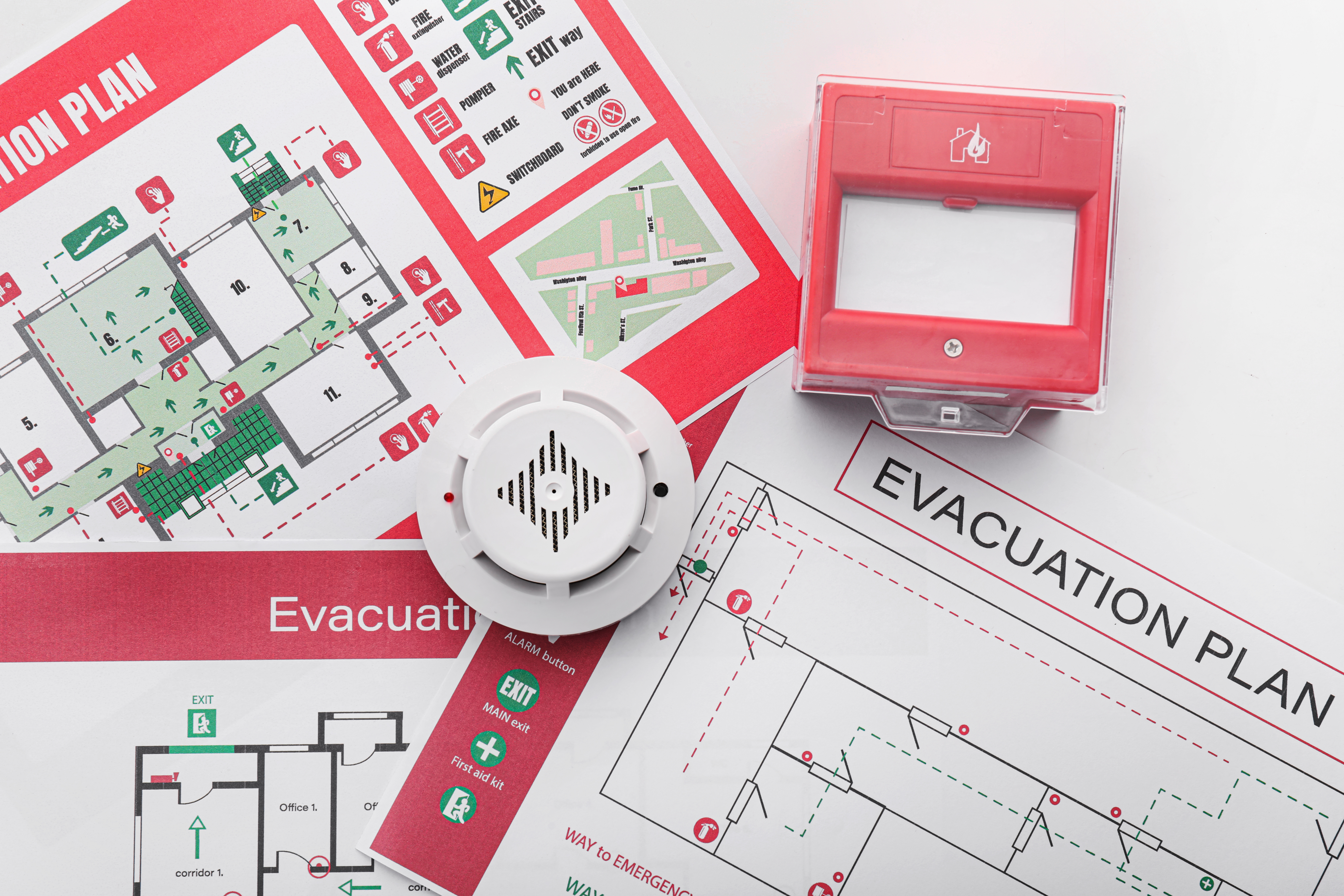New planning requirements relating to fire safety came into force on 1 August. These changes are part of the most significant changes to building safety regulation in 40 years and are aimed at ensuring all future high-rise developments consider fire safety at the earliest stages of planning. The legislation has been developed to help prevent any more tragedies like the one at Grenfell Tower in 2017, in which 72 people tragically lost their lives.
British Safety Council welcomes this milestone towards an explicitly risk-based building safety regime that ensures fire safety considerations are prioritised at every stage in the development of high-rise buildings. We urge the Government to introduce the remaining changes to building safety regulation without delay, to make certain those legally responsible for buildings ensure fire and structural safety risks are effectively managed and appropriately funded.
New advice from fire safety experts, commissioned by the Government, to investigate risk in medium and lower-rise buildings, indicated there is no systemic risk of fire in blocks of flats below 18 metres. This may not provide sufficient comfort to leaseholders in medium and lower-rise buildings who have faced difficulty in selling, anxiety at the potential cost of remediation work and concern at the safety of their homes. Although the intervention is designed to reduce ‘needless’ and costly remediation in lower rise buildings (helping flat owners to buy, sell or re-mortgage homes), the decision by the Government to relax requirements should not be influenced primarily by cost considerations, but safety factors must be the over-riding consideration.
Mike Robinson, Chief Executive at the British Safety Council, said:
“It is high-time the Government improved the standards of safety for people’s homes through a regulatory system that provides essential oversight, from a building’s initial design through to construction and operation. This should, if properly regulated, monitored and resourced, make homes safer in the future, and equally important make residents feel safe in their homes.”
“The Government’s decision, in the wake of new advice, to no longer require EWS1 forms for buildings below 18 metres should be kept under regular review to ensure any changes in risk are properly accounted for and managed accordingly.”
“The elephant in the room continues to be who pays for the removal of unsafe cladding from buildings below 18 metres – currently leaseholders are expected to pay £50 a month towards this work. This is a grave injustice. It is only right that the Government pays the full cost of remediation up front for what is a historical defect. To not do so, is simply wrong.
|

